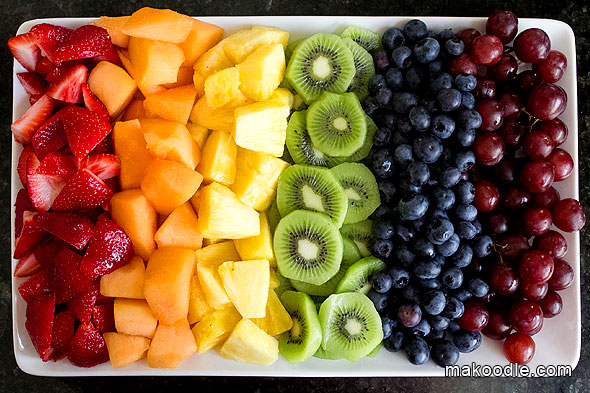Why Should We Eat Fruit Despite Its Sugar Content?
The number of Americans with diabetes and metabolic syndrome increased between 1980 and 2014. As a result, scientists began to examine our diet more closely, and the effects of sugar on our health soon prompted concerns. Researchers discovered that Americans consumed 17 teaspoons of added sugars daily, which equates to 270 calories daily or 1,890 calories weekly! After that, there was a war against all sugar. Although the sugars in fruit were not the cause of the conflict, fruit was a cause. Unfortunately, I have watched these nutritious treasures receive a poor name for many years as several headlines and fad diets joined the no-fruit bandwagon. Here, though, I’m asking you to reconsider how you think about fruit and look for ways to include more of it in our diets.
A Bit More on Sugar
Sugar is everywhere in our diets. However, there is a significant difference between added sugars like corn syrup, galactose, high fructose corn syrup, and maltose and the sugar that is naturally found in fruits like fructose and glucose. When these added sugars are created, they undergo processing, and manufacturers often overuse them in the foods they are creating. Fructose can indeed be found in fruit and processed foods. However, fructose has only been shown to have negative health impacts when it is used in processed food, not when consumed in whole fruit.
There is a consensus among the scientific community that added sugars should be limited. The American Heart Association recommends limiting added sugars to 150 calories per day, while the Institutes of Medicine recommends limiting to 25% of total calorie intake. Both organizations note that these limits do not apply to fruit. To overdo it with the sugar found in fruit, in one day you would need to eat 18 bananas or 44 kiwi fruit. I have yet to meet a client who has eaten too much fruit. Most are barely getting the 5 servings recommended for a healthy diet.
Why Add Fruit?
First, because the idea of adding food has a positive behavior association. When we talk about nutrition in the MIF community, we are coming from a place of abundance instead of restriction. We want to encourage you to add healthy foods to your diet instead of looking for all the things you must take away. Second, because fruit is filled with nutrients. Often referred to as the “original fast food,” fruit provides many underconsumed nutrients. Fruit provides essential nutrients like Vitamin C, Vitamin A, folate, potassium, and fiber. These vitamins are also antioxidants, that help protect our body and promote overall health. Here’s a quick look at why you need each:
Vitamin C
Vitamin C is needed for proper growth and health of your skin, cartilage, and blood vessels. You can find Vitamin C in all citrus fruits.
Vitamin A
Vitamin A is made in the body from beta-carotene. Vitamin A is needed for the health of our skin and tissues. You can find this in cantaloupe, apricots, watermelon, peaches, and plums.
Folate
Folate is best known for its ability to lower the risk of your child being born with neural tube defects; however, adequate folate is also thought to decrease the risk of heart disease, depression, and dementia. Enjoy some strawberries and oranges to meet your needs.
Potassium
Potassium is vital in heart health and can help decrease your blood pressure. Eating bananas, prunes, peaches, apricots, cantaloupes, and honeydew melon can provide a boost of potassium.
Fiber
Fiber is the body’s broom. It helps keep our digestive tract healthy, removes waste, helps us feel fuller, and decreases our risk of high cholesterol and heart disease. All fruits have fiber in them; the crunchier the fruit, the better!
Fill Up With Fruit
There are many ways to increase your fruit consumption; here are 4Ps to get started. A few ideas are below:
Plan
Take advantage of warmer months by stocking up on fresh, whole fruits in your cart. Make sure you are accounting for fruit in your weekly meal plan when you think about your meals. If fresh fruits are not available to you, frozen fruit provides the same nutrients.
Prep
Take the time to wash and prepare your fruits in advance to make it a little easier to grab and go. If you aren’t sure how to use the fruits you just bought, look through our Recipe Box for some fresh ideas.
Place
Store your fruit where you can see it. Store some on your countertop after you’ve washed and dried them. For fruits kept in the fridge, place them in clear containers at eye level to draw your eyes to those healthier foods when you are searching for a snack.
Plate
When you are ready to eat, make sure your plate has a space for your fruit. And don’t be afraid to add more!

